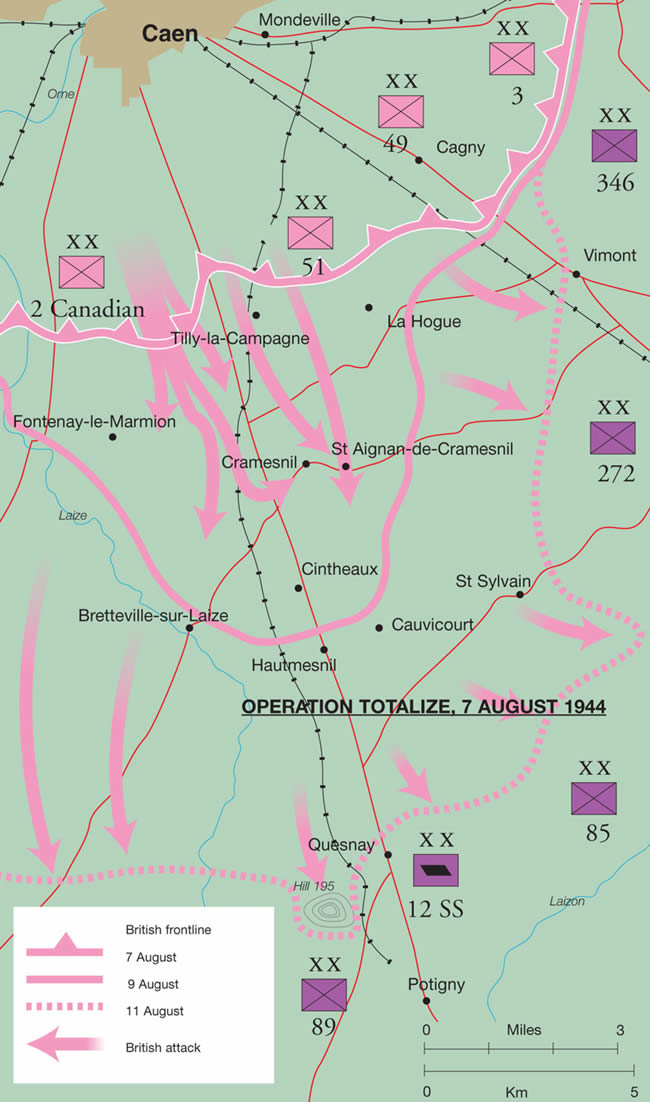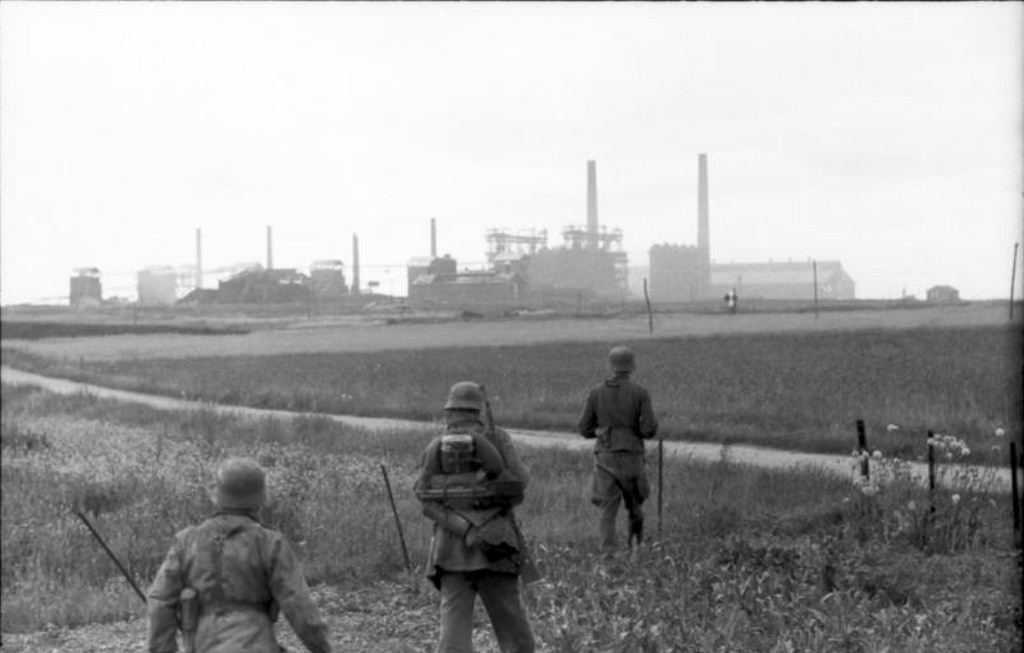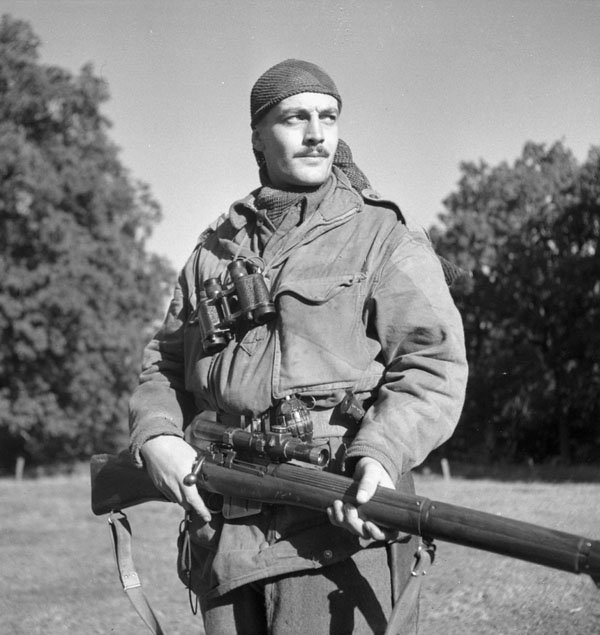|
The South Saskatchewan Regiment
The South Saskatchewan Regiment was an infantry regiment of the Canadian Forces formed in 1936 by the amalgamation of The Weyburn Regiment and The Saskatchewan Border Regiment. It was reduced to nil strength and placed on the Supplementary Order of Battle (i.e., virtually disbanded) in 1968. They participated in the 1942 Dieppe Raid. History The regiment traces its lineage to July 3, 1905, when an infantry regiment was authorized in the District of Assiniboia and the District of Saskatchewan, which later that year became the province of Saskatchewan. The regiment was eventually organized as the 95th Saskatchewan Rifles, in Regina. After the First World War the 95th merged with the 60th Rifles of Canada (in Moose Jaw) to become the South Saskatchewan Regiment, which expanded to five battalions with the creation of units in Weyburn (3rd Battalion), Moosomin (4th Battalion) and Estevan (5th Battalion). In 1924, each of the battalions became a distinct regiment, and the name ... [...More Info...] [...Related Items...] OR: [Wikipedia] [Google] [Baidu] |
District Of Saskatchewan
The District of Saskatchewan was a regional administrative district of Canada's North-West Territories. It was formed in 1882 was later enlarged then abolished with the creation of the provinces of Saskatchewan and Alberta in 1905. Much of the area was incorporated into the province of Saskatchewan. The western part became part of Alberta, and the eastern part (which extended to Lake Winnipeg) is now part of Manitoba. The conflicts during the North-West Rebellion of 1885 occurred in the District of Saskatchewan. Settlements The District of Saskatchewan in 1888 included the five French speaking settlements of St. Laurent, Fish Creek, Duck Lake, Batoche and St. Louis de Langevin in the area of the South Branch of the Saskatchewan River and the settlements of Green Lake, La Ronge, Red Deer Lake (56-25-W2), Nut Lake (39-23-W2), Birch River, Fort à la Corne, Snake Plains (northwest of Carleton near Muskeg Lake), Birch Hills (46-23-W3), Clarke's Crossing (38-4-W3), Shell Ri ... [...More Info...] [...Related Items...] OR: [Wikipedia] [Google] [Baidu] |
James Leasor
James Leasor (20 December 1923 – 10 September 2007) was a prolific British author, who wrote historical books and thrillers. A number of Leasor's works were made into films, including his 1978 book, ''Boarding Party'', about an incident from the Second World War that until that time was secret, which was turned into ''The Sea Wolves'' (1980) starring Gregory Peck, Roger Moore and David Niven. Biography Leasor was born in Erith, Kent, in 1923, and was educated at the City of London School. On leaving school, whilst waiting to join the army, he had his first foray into journalism as a cub scout reporter for the Kent Messenger. As soon as he was old enough, he enlisted into the Buffs (Royal East Kent Regiment). He was then commissioned into the Royal Berkshire Regiment and volunteered for service in the Far East, where he served in Burma with the Lincolnshire Regiment during World War II. Whilst serving with the Lincolns he saw action in the Battle of the Admin Box. In the ... [...More Info...] [...Related Items...] OR: [Wikipedia] [Google] [Baidu] |
Westerbork Transit Camp
Camp Westerbork ( nl, Kamp Westerbork, german: Durchgangslager Westerbork, Drents: ''Börker Kamp; Kamp Westerbörk'' ), also known as Westerbork transit camp, was a Nazi transit camp in the province of Drenthe in the Northeastern Netherlands, during World War II. It was located in the municipality of Westerbork, current-day Midden-Drenthe. Camp Westerbork was used as a staging location for sending Jews to concentration camps elsewhere. Purpose of Camp Westerbork The camp location was established by the Government of the Netherlands in the summer of 1939 to serve as a refugee camp for Germans and Austrians (German and Austrian Jews in particular), who had fled to the Netherlands to escape Nazi persecution. However, after the German invasion of the Netherlands in May 1940, that original purpose no longer existed. By 1942, Camp Westerbork was repurposed as a staging ground for the deportation of Jews. Only one-half square kilometre (119 acres) in area, the camp was not built ... [...More Info...] [...Related Items...] OR: [Wikipedia] [Google] [Baidu] |
8th Reconnaissance Regiment (14th Canadian Hussars)
The 8th Reconnaissance Regiment (14th Canadian Hussars), commonly abbreviated to 8 Recce, VIII Recce or (within the British Army) 8 Canadian Recce, was the reconnaissance arm of the 2nd Canadian Infantry Division during World War II. The core of the regiment was formed from the militia unit the 14th Canadian Hussars. Formation and structure 8 Recce was formed at Guillemont Barracks, near Aldershot in southern England, on March 11, 1941, by merging three existing squadrons within the division. Its first commanding officer was Lieutenant-Colonel Churchill C. Mann. Mann was succeeded as commanding officer on September 26, 1941, by Lieutenant-Colonel P. A. Vokes, who was in turn followed on February 18, 1944, by Lieutenant-Colonel M. A. Alway. The last commanding officer was Major "Butch" J. F. Merner, appointed to replace Alway a couple of months before the end of the fighting in Europe. 8 Recce had its roots in the 14th Canadian Light Horse, a mili ... [...More Info...] [...Related Items...] OR: [Wikipedia] [Google] [Baidu] |
Operation Tractable
Operation Tractable was the final attack conducted by Canadian and Polish troops, supported by a British tank brigade, during the Battle of Normandy during World War II. The operation was to capture the tactically important French town of Falaise and then the smaller towns of Trun and Chambois. This operation was undertaken by the First Canadian Army with the 1st Polish Armoured Division (''Generał brygady'' Stanisław Maczek) and a British armoured brigade against Army Group B of the ''Westheer'' in what became the largest encirclement on the Western Front during the Second World War. Despite a slow start and limited gains north of Falaise, novel tactics by the 1st Polish Armoured Division during the drive for Chambois enabled the Falaise Gap to be partially closed by 19 August 1944, trapping about 150,000 German soldiers in the Falaise Pocket. Although the Falaise Gap was narrowed to a distance of several hundred metres, by attacks and counter-attacks between battle ... [...More Info...] [...Related Items...] OR: [Wikipedia] [Google] [Baidu] |
Operation Totalize
Operation Totalize (also spelled Operation Totalise in recent British sources) was an offensive launched by Allied troops in the First Canadian Army during the later stages of Operation Overlord, from 8 to 9 August 1944. The intention was to break through the German defences south of Caen on the eastern flank of the Allied positions in Normandy and exploit success by driving south, to capture the high ground north of the city of Falaise. The goal was to collapse the German front and cut off the retreat of German forces fighting the Allied armies further west. The battle is considered the inaugural operation of the First Canadian Army, which had been activated on 23 July. In the early hours of 8 August 1944, II Canadian Corps launched the attack using mechanized infantry. They broke through the German front lines and captured vital positions deep in the German defences. It was intended that two fresh armoured divisions would continue the attack but some hesitancy by these two c ... [...More Info...] [...Related Items...] OR: [Wikipedia] [Google] [Baidu] |
Operation Spring
Operation Spring (July 25–27, 1944) was an offensive operation of the Second World War conducted by II Canadian Corps during the Normandy campaign in 1944. The plan was intended to create pressure on the German forces operating on the British and Canadian front simultaneous with Operation Cobra, an American offensive. Operation Spring was intended to capture Verrières Ridge and the villages on the south slope of the ridge. The German defence of the ridge contained the offensive on the first day and inflicted many casualties on the Canadians. Background The districts of Caen north of the Orne were captured during Operation Charnwood (8–9 July 1944) and those south of the Orne had been captured on July 19, during Operation Goodwood, in Operation Atlantic by the II Canadian Corps (Lieutenant-General Guy Simonds) at a cost of 1,349 casualties. About south of Caen, Verrières Ridge blocked a direct advance by Allied forces on Falaise. Attempts to take the ridge during Goodw ... [...More Info...] [...Related Items...] OR: [Wikipedia] [Google] [Baidu] |
Operation Atlantic
Operation Atlantic (18–21 July 1944) was a Canadian offensive during the Battle of Normandy in the Second World War. The offensive, launched in conjunction with Operation Goodwood by the Second Army, was part of operations to seize the French city of Caen and vicinity from German forces. It was initially successful, with gains made on the flanks of the Orne River near Saint-André-sur-Orne but an attack by the 4th and 6th Canadian Infantry Brigades of the 2nd Canadian Infantry Division, against strongly defended German positions on Verrières Ridge to the south was a costly failure. Background Operation Overlord The capture of the historic Norman town of Caen, while "ambitious", was the most important D-Day objective assigned to British Lieutenant-General John Crocker's I Corps and its component British 3rd Infantry Division, which landed on Sword on 6 June 1944.Ellis, p. 171 Operation Overlord plans called for British Second Army to secure the city and form a line f ... [...More Info...] [...Related Items...] OR: [Wikipedia] [Google] [Baidu] |
2nd Canadian Infantry Division
The 2nd Canadian Division, an infantry division of the Canadian Army, was mobilized for war service on 1September 1939 at the outset of World War II. Adopting the designation of the 2nd Canadian Infantry Division, it was initially composed of volunteers within brigades established along regional lines, though a halt in recruitment in the early months of the war caused a delay in the formation of brigade and divisional headquarters. With questions concerning overseas deployment resolved, the division's respective commands were formed in May and June 1940, and at British Prime Minister Winston Churchill's request, the division was deployed to the United Kingdom between 1August and 25December 1940, forming part of the Canadian Corps. Having performed well in training exercises during 1941 and early 1942, elements of the 2nd Division were selected as the main force for Operation Jubilee, a large-scale amphibious raid on the port of Dieppe in German-occupied France. On 19August 194 ... [...More Info...] [...Related Items...] OR: [Wikipedia] [Google] [Baidu] |
Moosomin, Saskatchewan
Moosomin () is a town in southern Saskatchewan founded in 1882. It is 20 kilometres west of the provincial boundary between Saskatchewan and Manitoba. History With the arrival of the Canadian Pacific Railway in 1882, Moosomin was established as the first Saskatchewan community on "steel". Originally known as "siding No. 4" and the "Moosomin Station", businesses began to establish and by 1884 the community had grown to include five general stores, five hotels, two livery stables, two blacksmiths, a doctor, a lawyer, butcher, and one printer, among other businesses. Moosomin was incorporated as a town in November 1887. R. D. McNaughton was the first merchant to arrive in Moosomin. He founded the R. D. McNaughton Company, a general store operation that played a vital role in early settlement. The town was named after Chief Moosomin, who became well known for leading his band into treaty status. He signed Treaty 6 at Battleford in 1880. The first issue of the ''Moosomin Co ... [...More Info...] [...Related Items...] OR: [Wikipedia] [Google] [Baidu] |
Weyburn
Weyburn is the eleventh-largest city in Saskatchewan, Canada. The city has a population of 10,870. It is on the Souris River southeast of the provincial capital of Regina and is north from the North Dakota border in the United States. The name is reputedly a corruption of the Scottish "wee burn," referring to a small creek. The city is surrounded by the Rural Municipality of Weyburn No. 67. History The Canadian Pacific Railway (CPR) reached the future site of Weyburn from Brandon, Manitoba in 1892 and the Soo Line from North Portal on the US border in 1893. A post office opened in 1895 and a land office in 1899 in anticipation of the land rush which soon ensued. In 1899, Knox Presbyterian Church was founded with its building constructed in 1906 in the high-pitched gable roof and arches, standing as a testimony to the faith and optimism in the Weyburn area. Weyburn was legally constituted a village in 1900, a town in 1903 and finally as a city in 1913. From 1910 until 193 ... [...More Info...] [...Related Items...] OR: [Wikipedia] [Google] [Baidu] |
.jpg)






